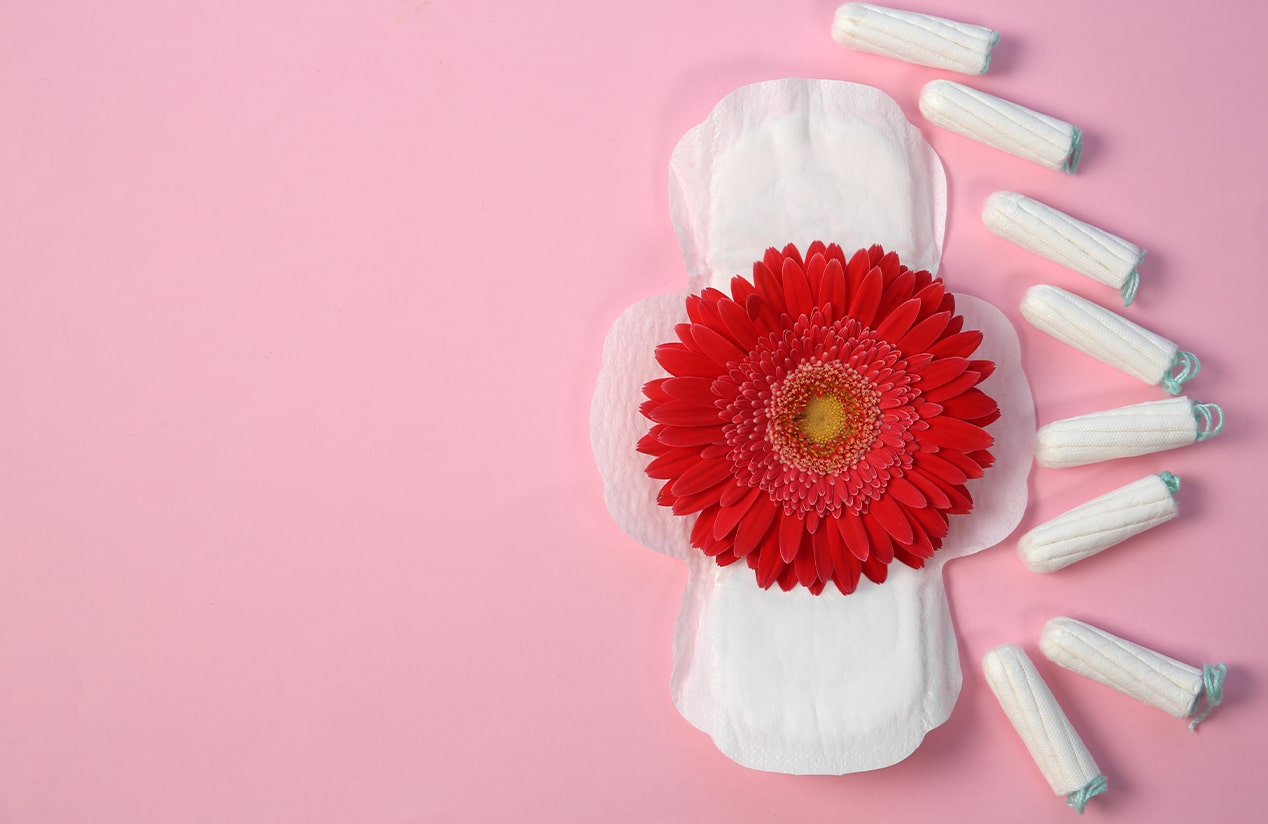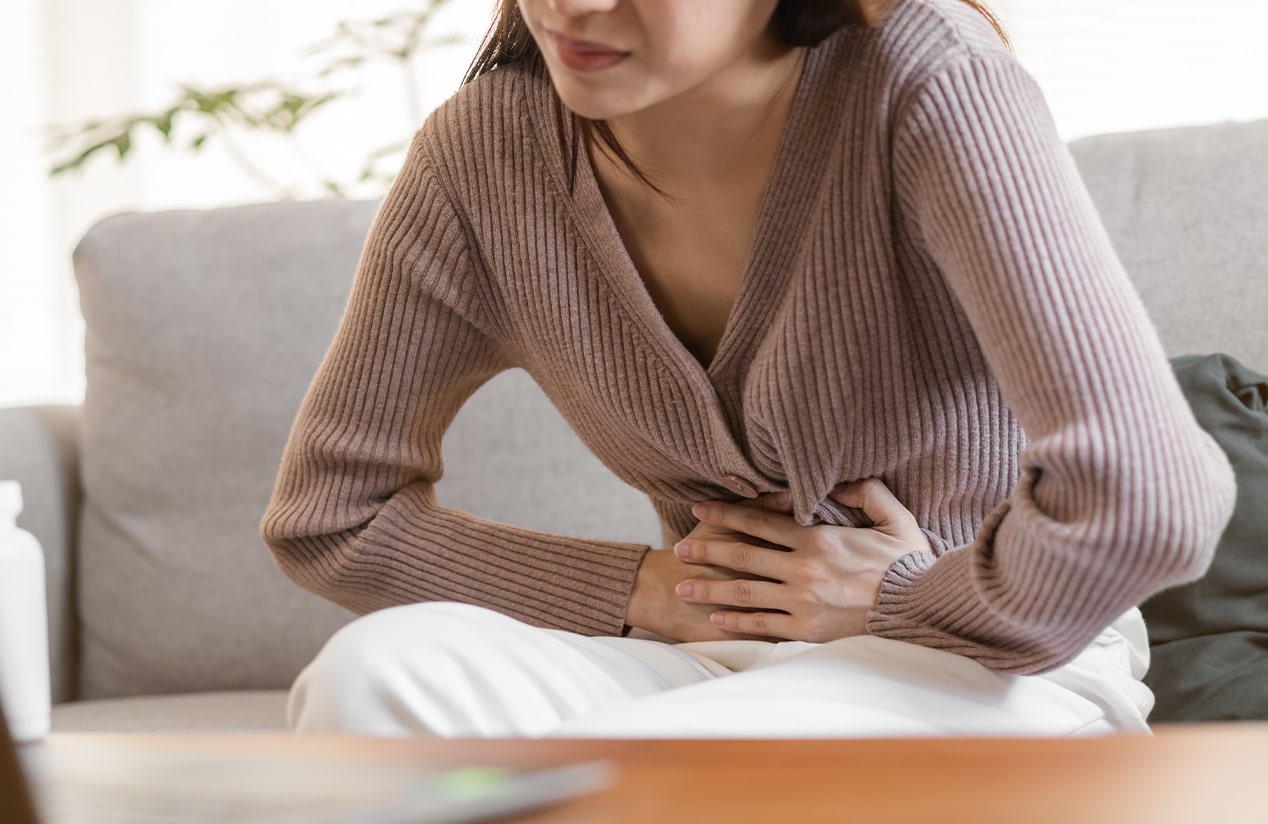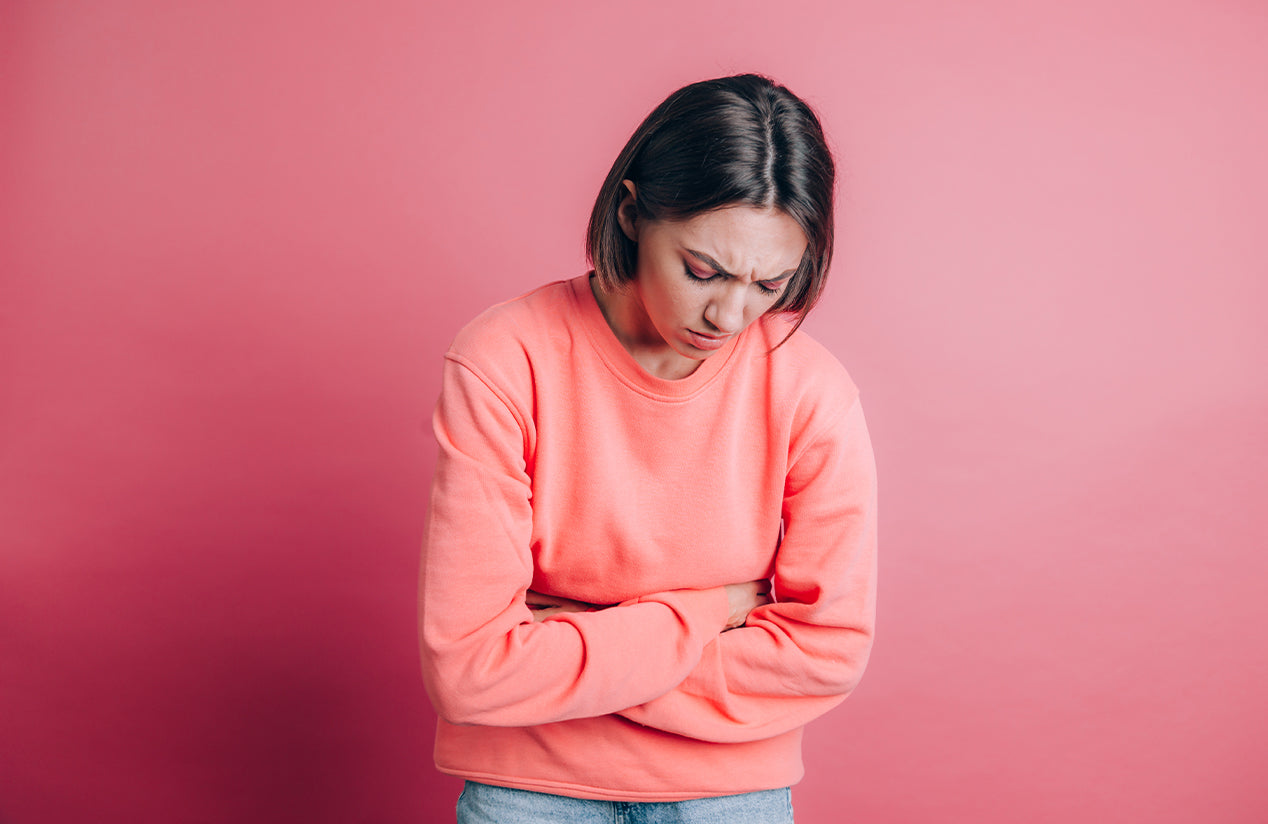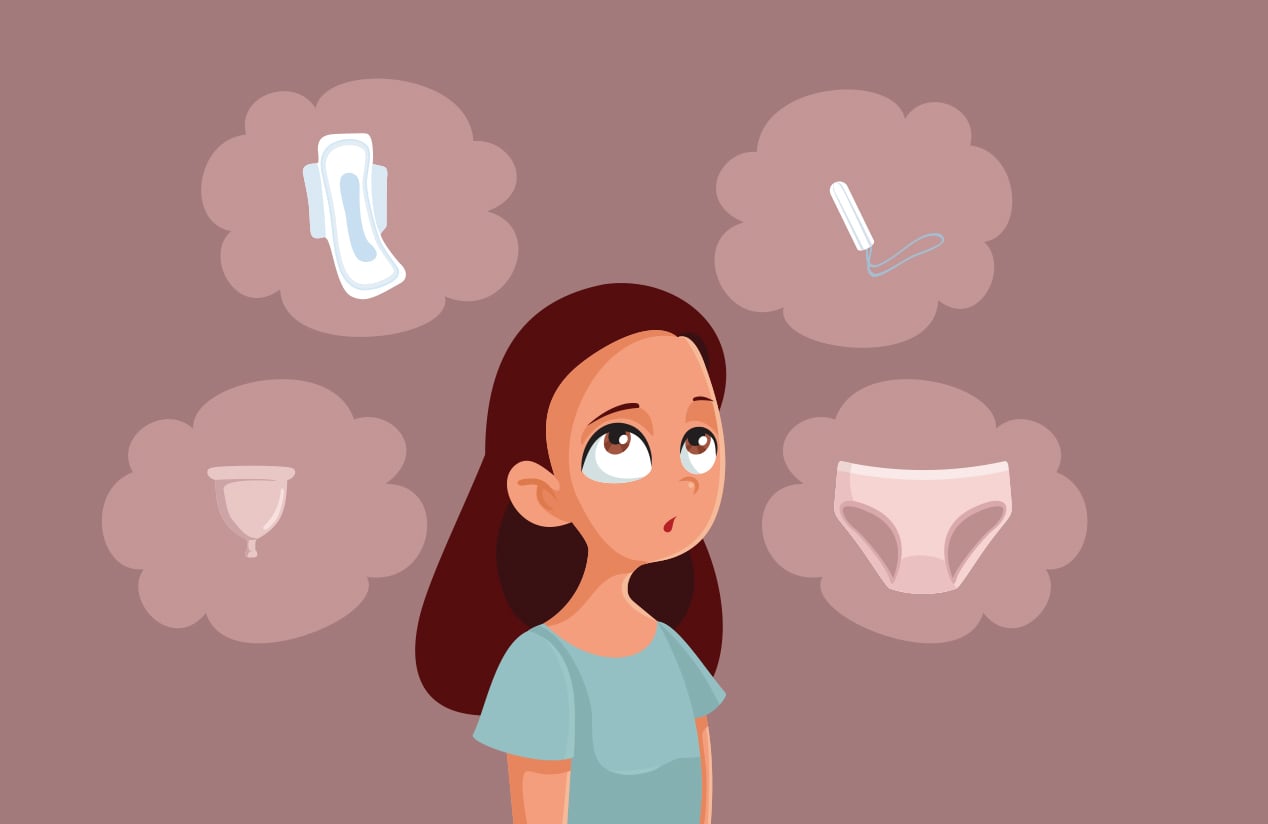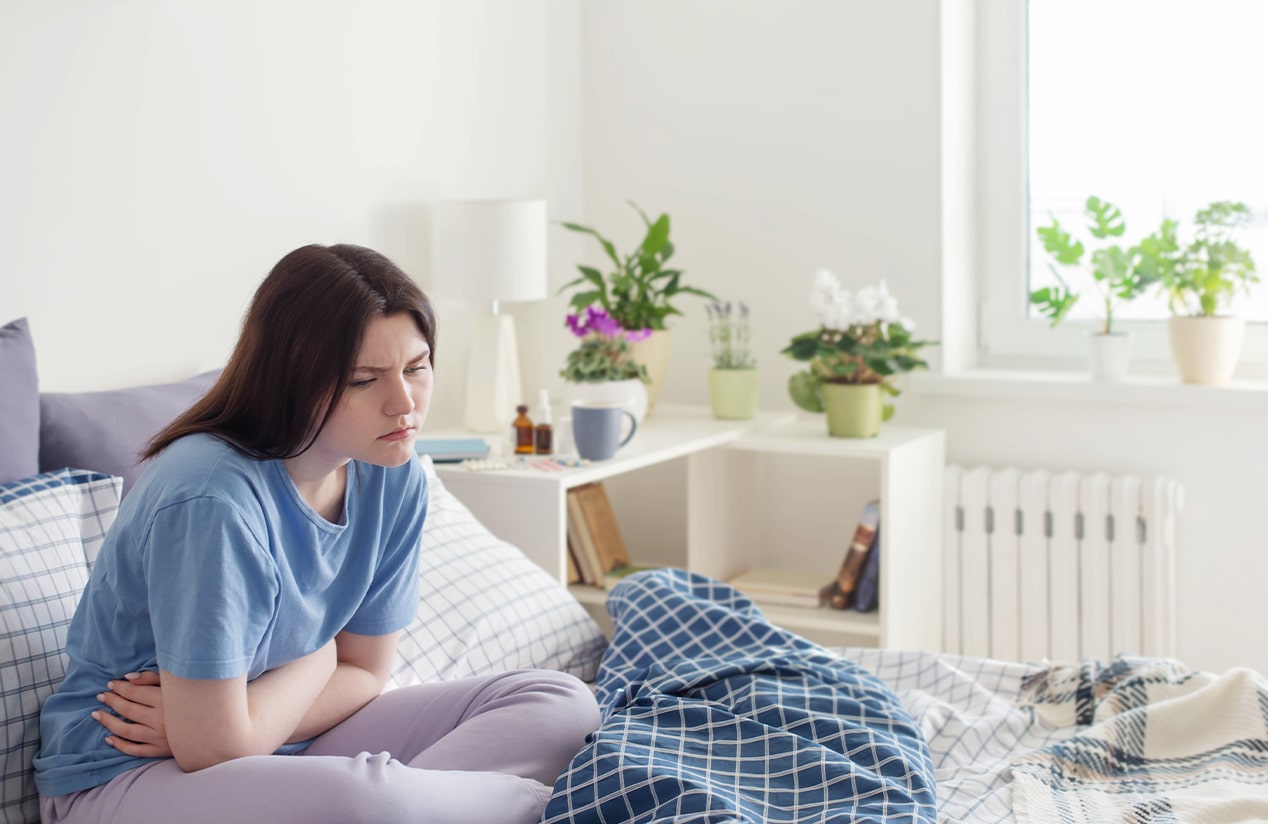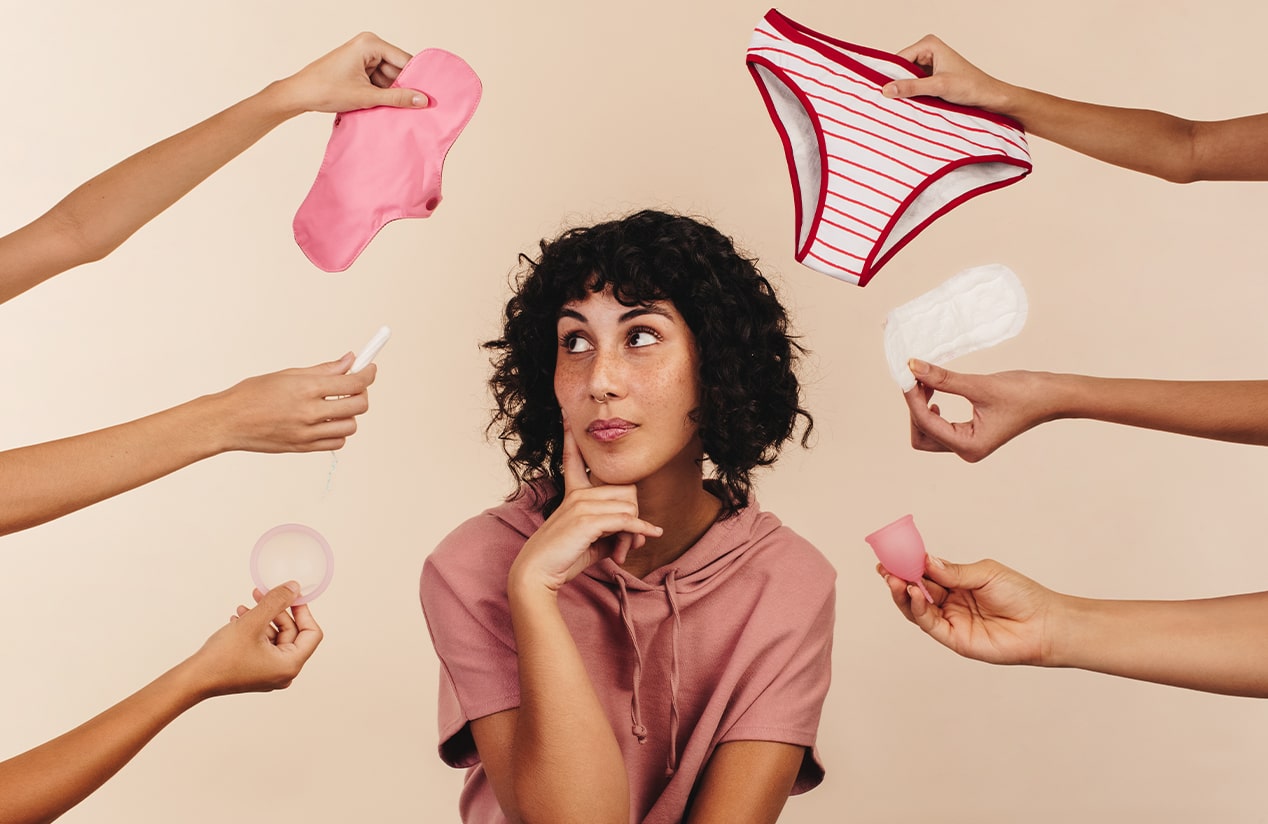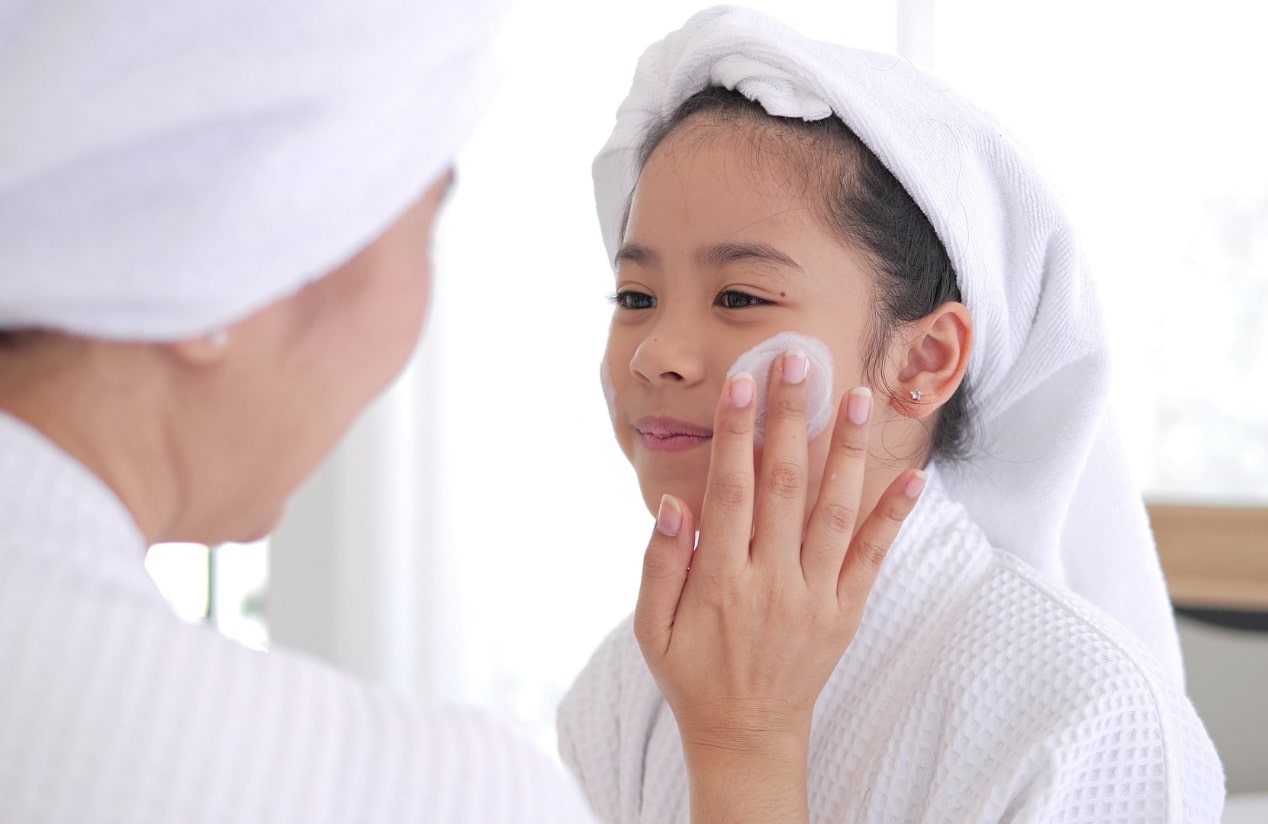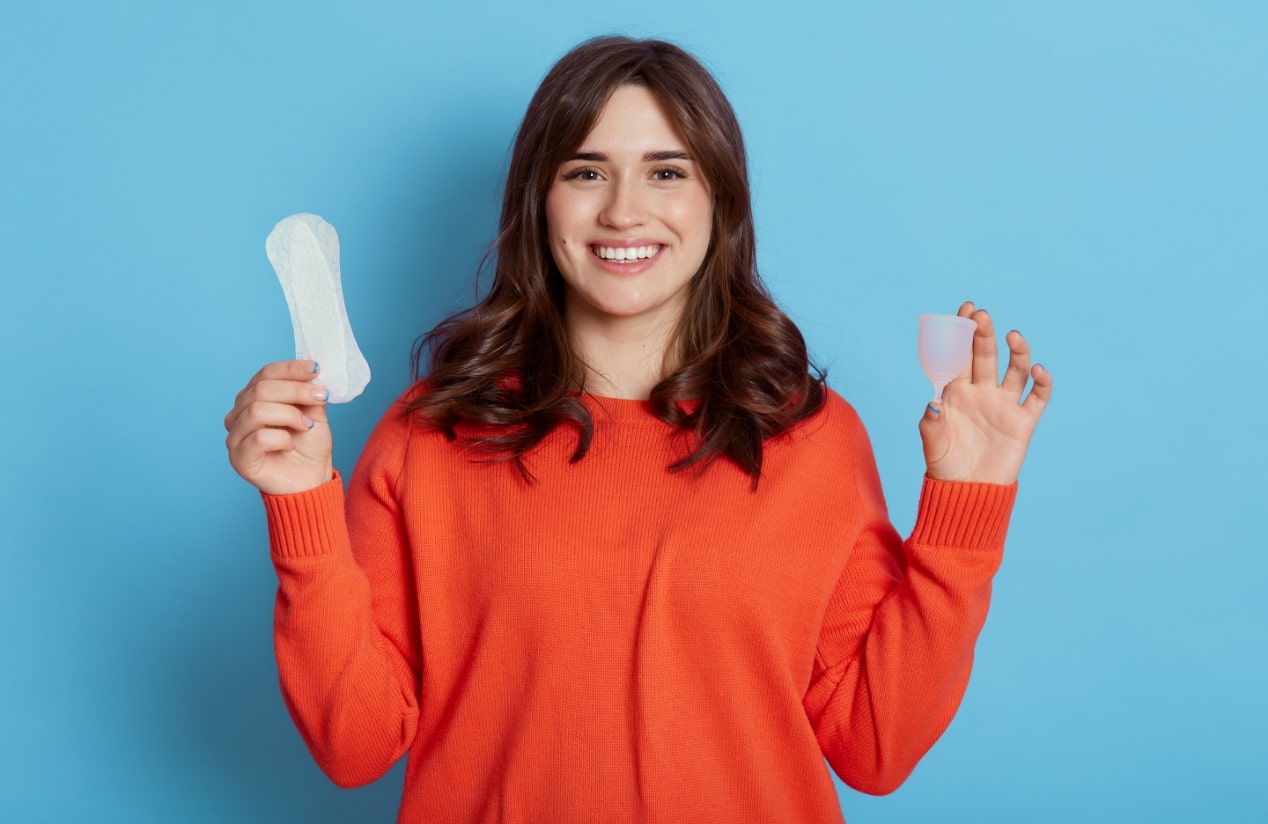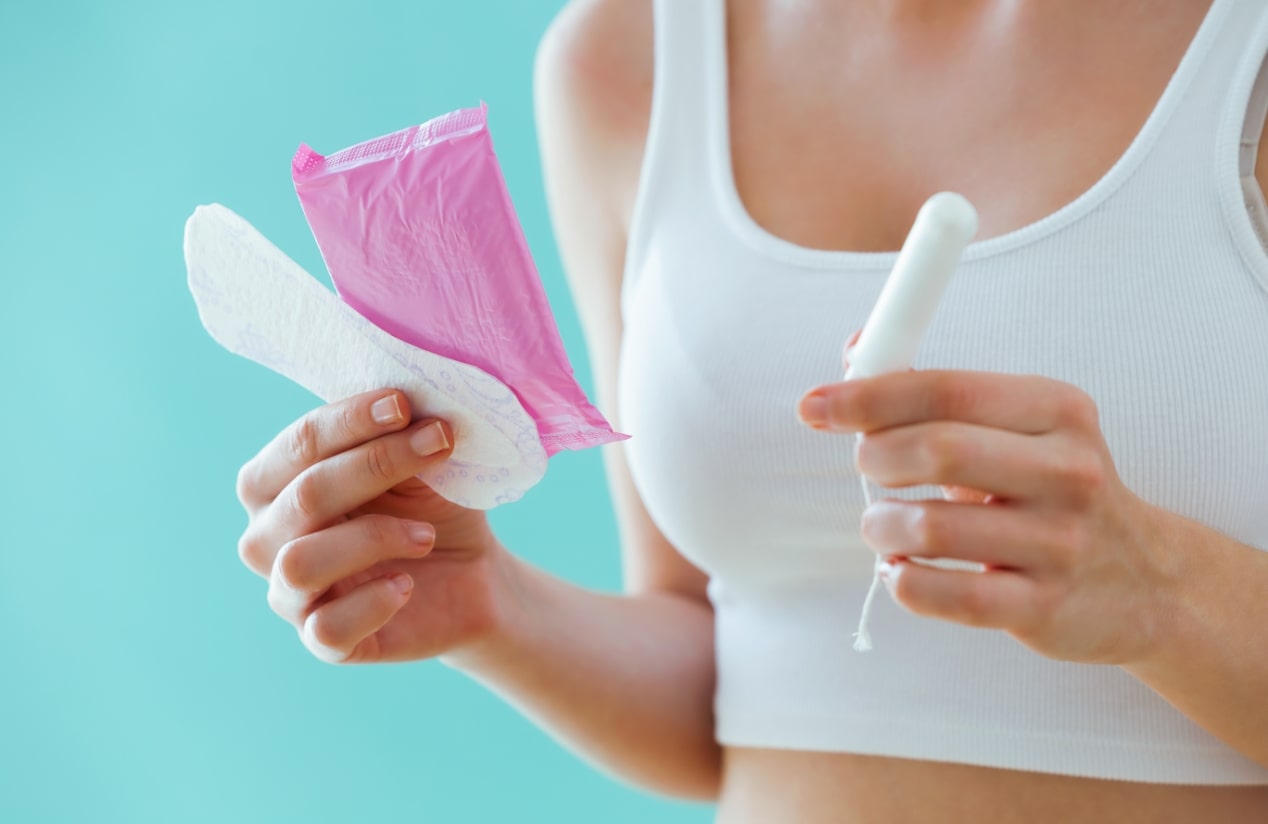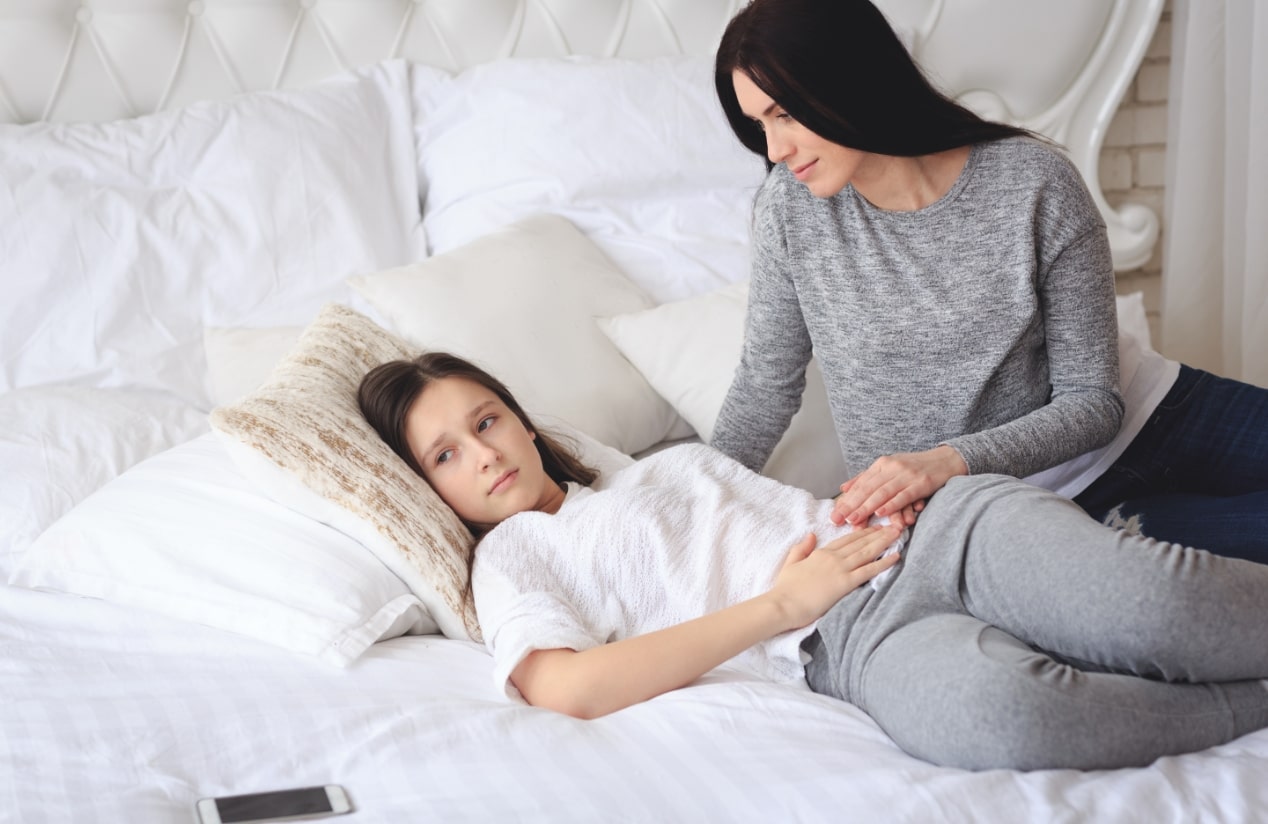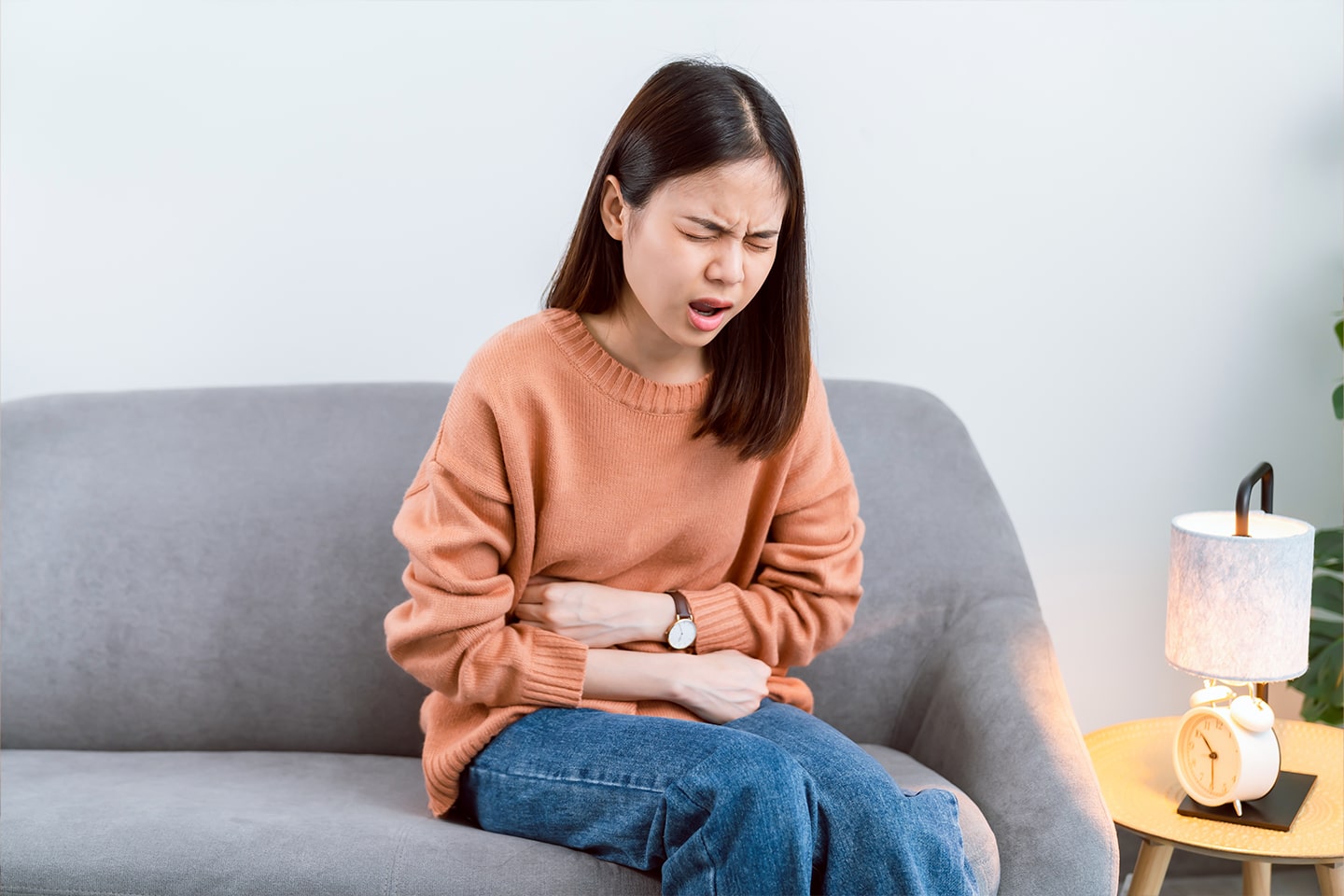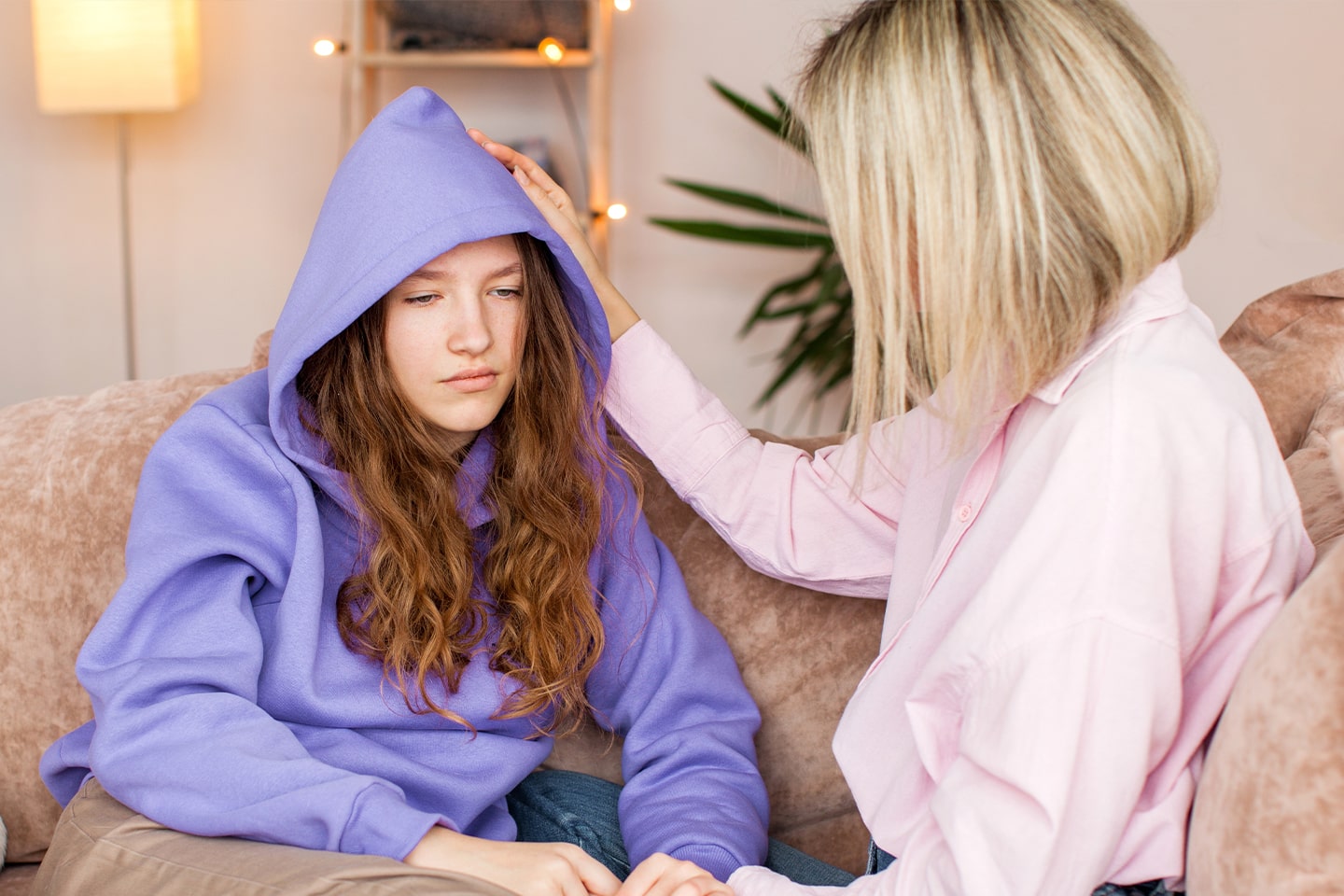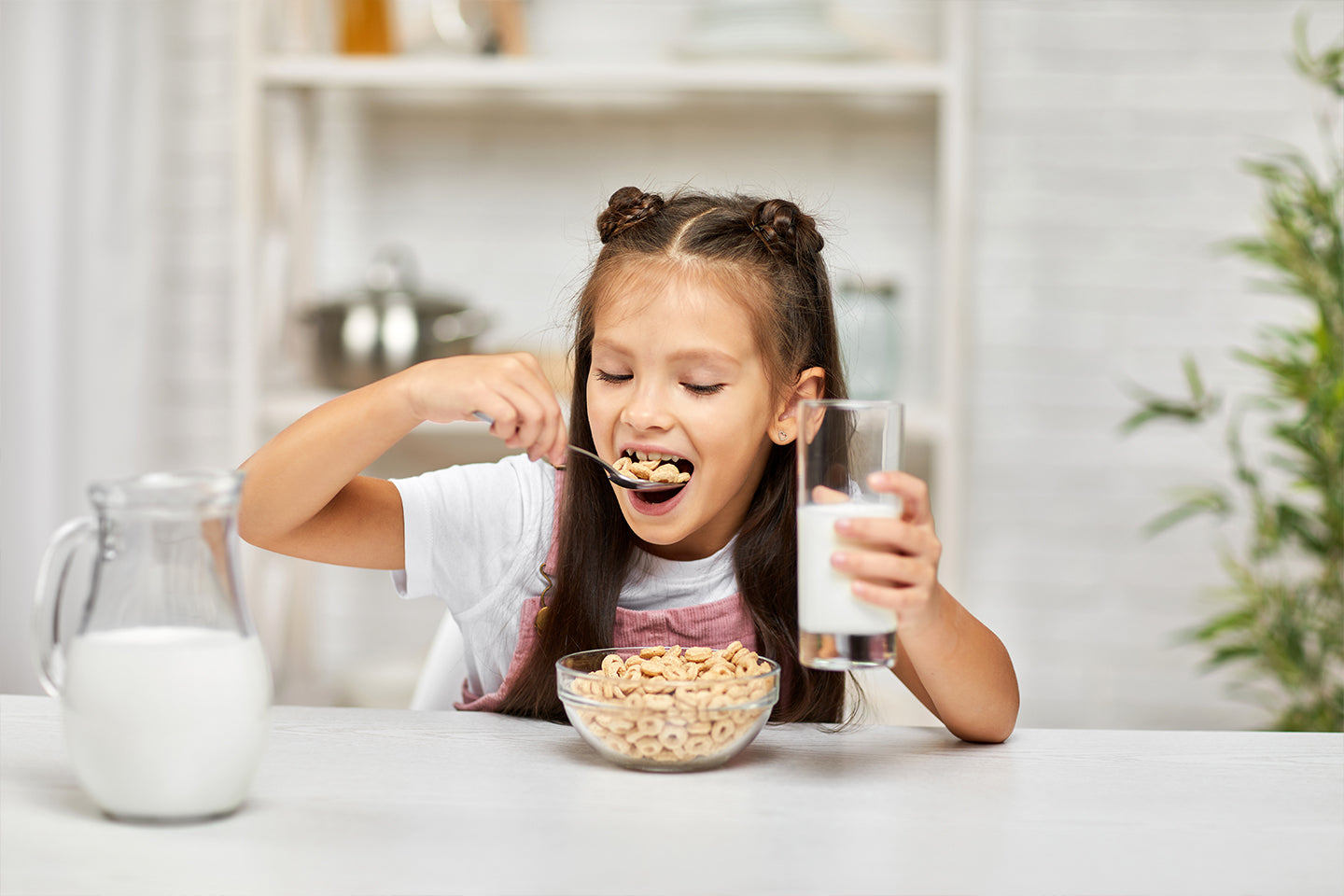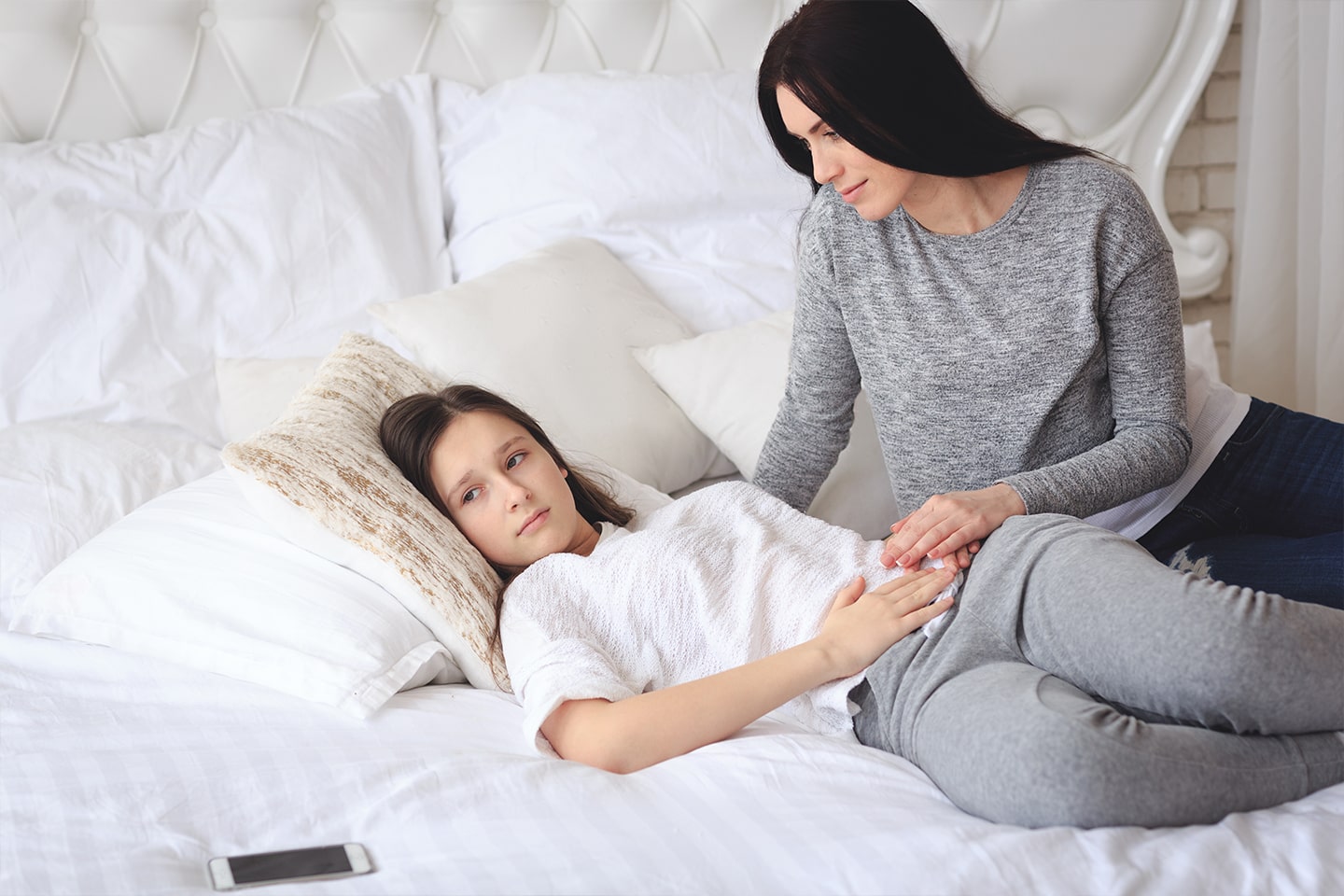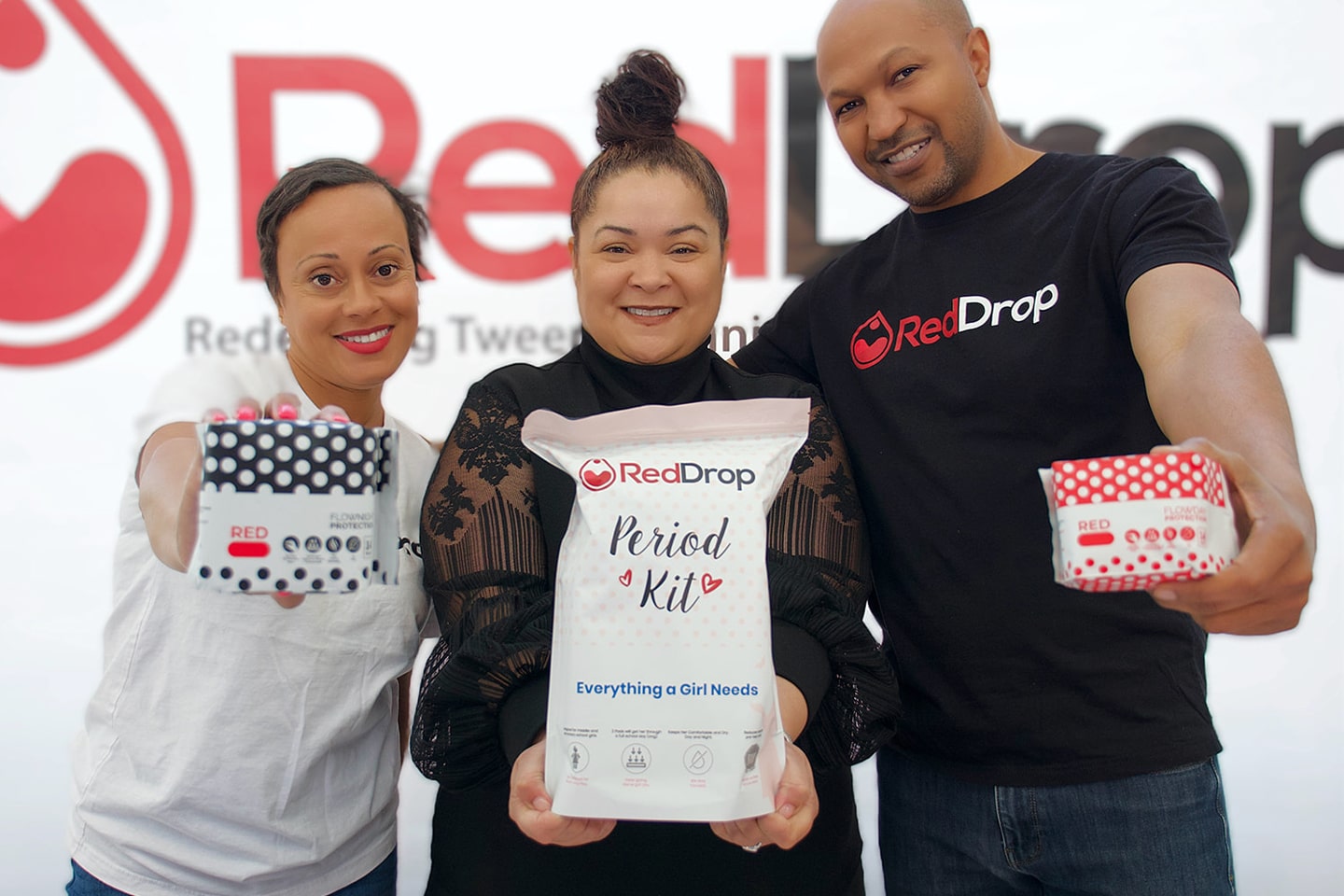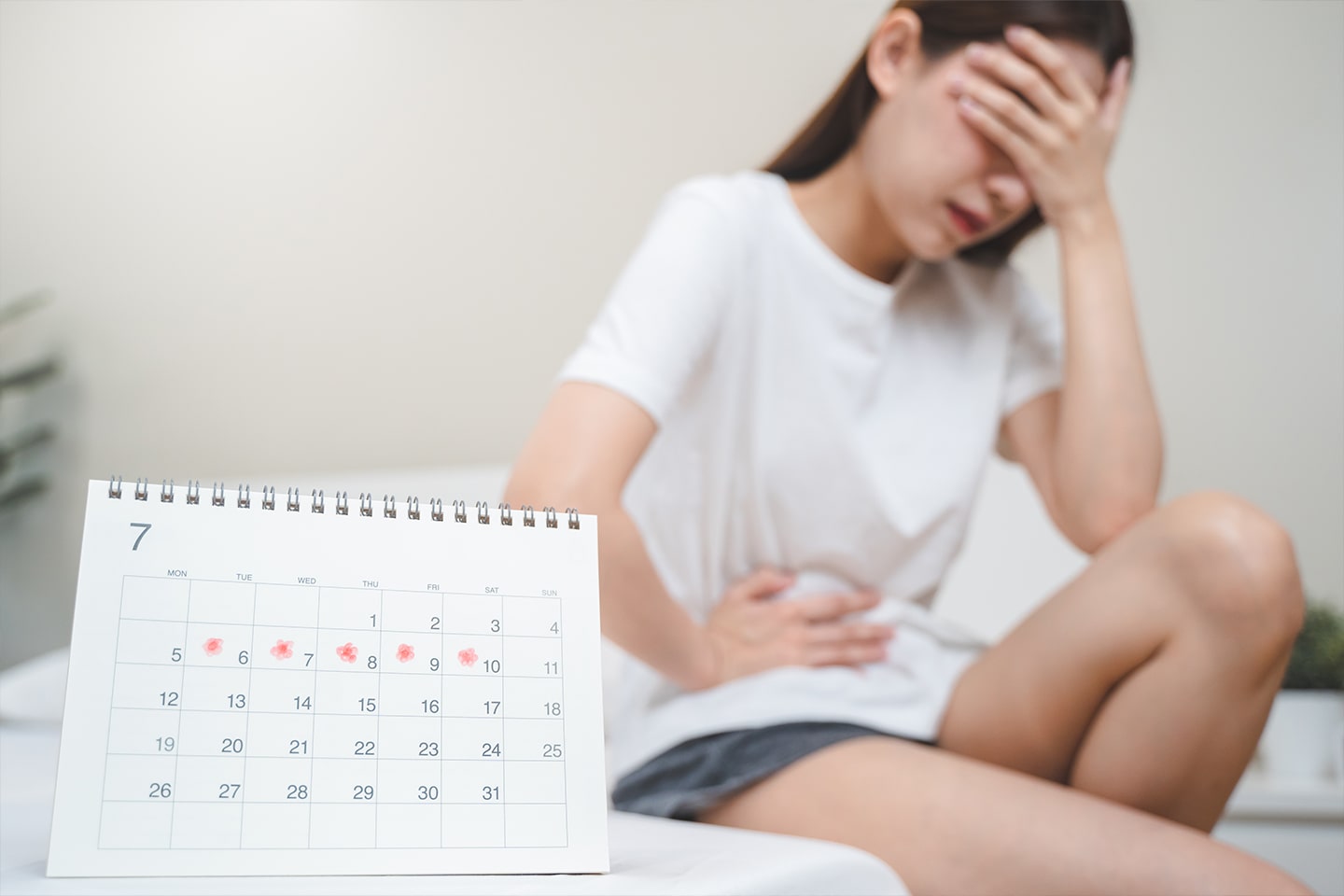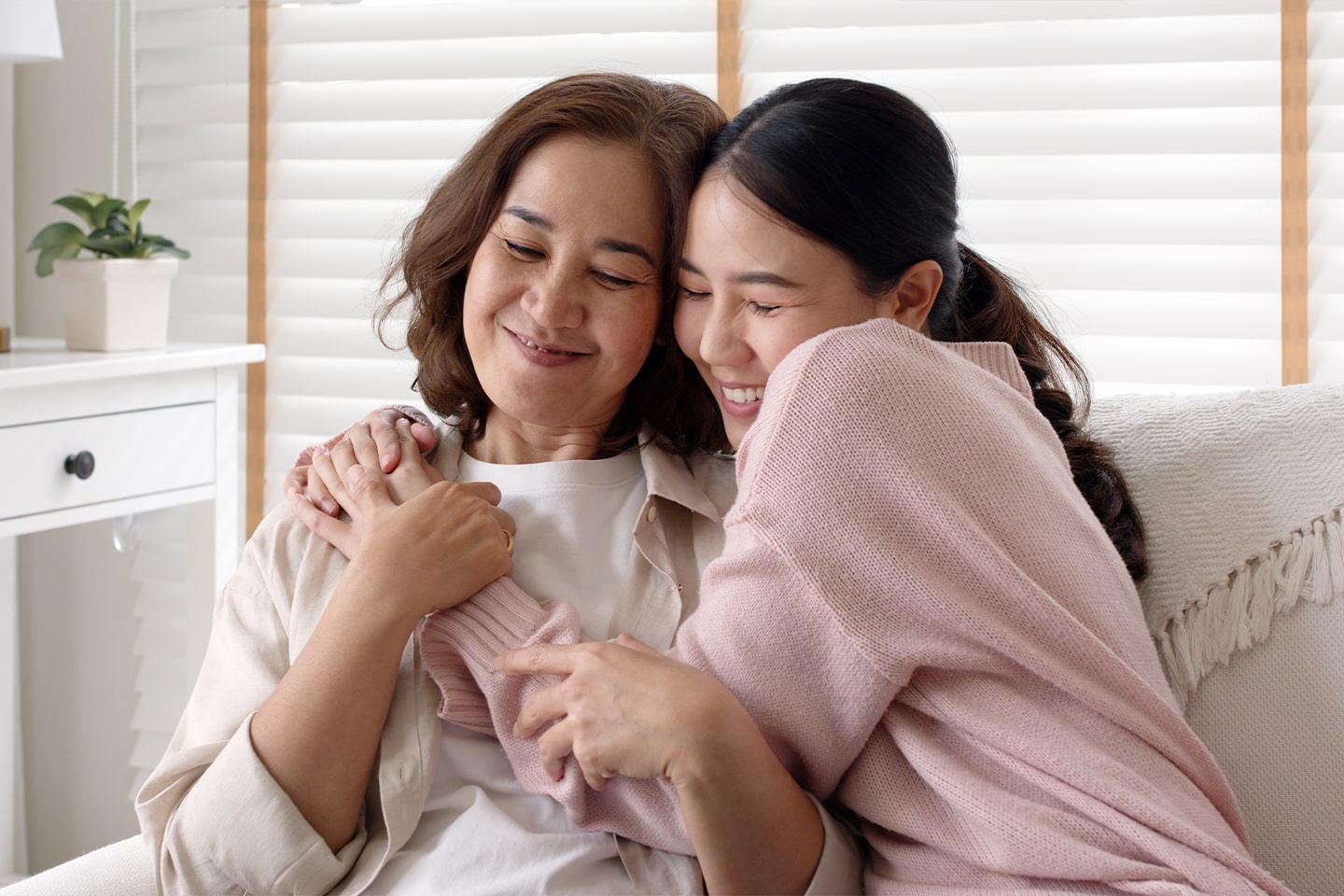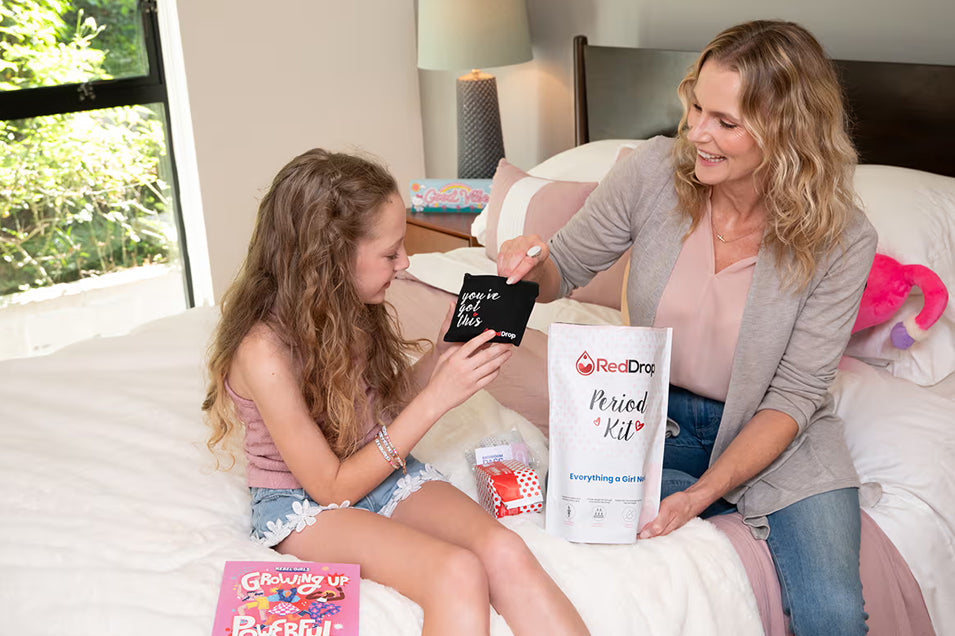
by Shopify API – October 21, 2023
Bathroom Pass Intro for Moms of Tweens
Navigating Periods at School: A Guide for Moms of Tweens OCTOBER 2023 Share: As your tween starts puberty, it's essential to equip her with the knowledge and confidence to handle her periods, especially when she's at school. In this article, we'll explore some valuable tips that you can share to make her first period experience at school as smooth and stress-free as possible. "Encourage your daughter to keep a small emergency kit in her school bag containing pads, tampons, wet wipes, and a spare pair of underwear. Being prepared ensures she won't be caught off guard, and it gives her the confidence to face the day without worries." Lily "After 250 hours of research and testing, including interviewing five baby wearing experts and walking over 100 miles in 15 wraps, slings, and meh dais, we think that the Gemlak Baby Carriers is the best" Lily Talking to Teachers or School Nurses It's important for your daughter to know that her teachers and the school nurse are there to help and support her. If she's feeling uncomfortable or needs assistance during school hours, she can approach her teacher or the school nurse discreetly. Encourage her to practice what she wants to say beforehand, so she feels confident when the situation arises (hint: our RedDrop bathroom pass can help if she’s feeling scared or nervous!) Teachers and school nurses are experienced in handling these situations with sensitivity and care, ensuring your daughter feels safe and supported while at school. Practice Makes Perfect It's important for your daughter to know that her teachers and the school nurse are there to help and support her. If she's feeling uncomfortable or needs assistance during school hours, she can approach her teacher or the school nurse discreetly. Encourage her to practice what she wants to say beforehand, so she feels confident when the situation arises (hint: our RedDrop bathroom pass can help if she’s feeling scared or nervous!) Teachers and school nurses are experienced in handling these situations with sensitivity and care, ensuring your daughter feels safe and supported while at school. Choose Comfortable Attire Help her pick out comfortable and breathable underwear. Tight clothes can be uncomfortable during periods, so opting for looser outfits might be a good idea. Layers are also great, allowing her to adjust her clothing based on how she feels. Know the Bathroom Locations Familiarize her with the locations of the school bathrooms. Sometimes, girls can feel embarrassed about asking, so knowing where to go can reduce anxiety. Talk Openly About Changing and Disposal Teach her the importance of changing her pad or tampon regularly to avoid discomfort and odors. Discuss discreet ways of carrying used products to the trash, like wrapping them in toilet paper or using disposal bags. Confidence Is Key Reassure your daughter that periods are a natural part of life, experienced by every woman. Confidence in herself and her body will help her face any challenges that come her way. Conclusion Navigating periods at school can be a daunting experience, but with your guidance and support, your tween can handle it with grace and confidence. By openly discussing these tips and encouraging her to embrace this new chapter, you're empowering her to face the world with confidence, even during her period days. Remember, your unwavering support makes all the difference in this journey! "For us, periods used to be the scariest time of the month! But thanks to RedDrop, my tween is always prepared with her little to-go bag for school. She's even given so pads to her friends once they were in need too!" - Lucille, Mom of Abby "I purchased the starter kit for my daughter and it came with the educational videos. I sat her down at the beginning of the summer and had her watch the videos so she could be ready. I was so glad I did when at the end of June she started her first cycle. Thanks to Red Drop it was such an easy transition. She knew just what to do and it allowed her and I to have more open conversations about what was happening and different types of pads etc. Her and I have actually bonded over this experience and Red Drop made it super easy!!" - Nicole Wallace Shop RedDrop


